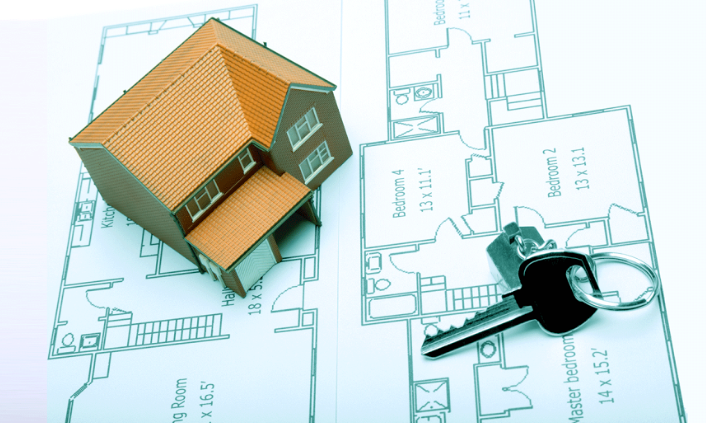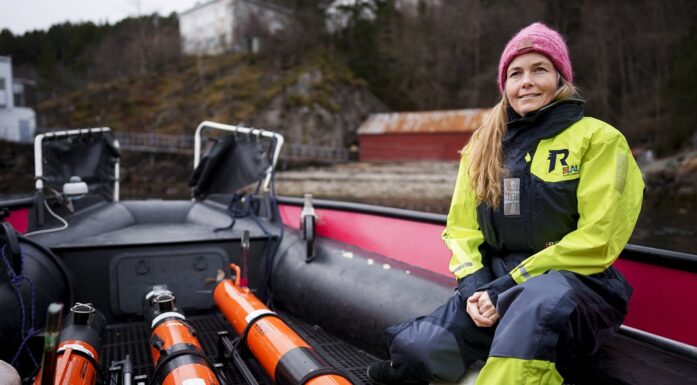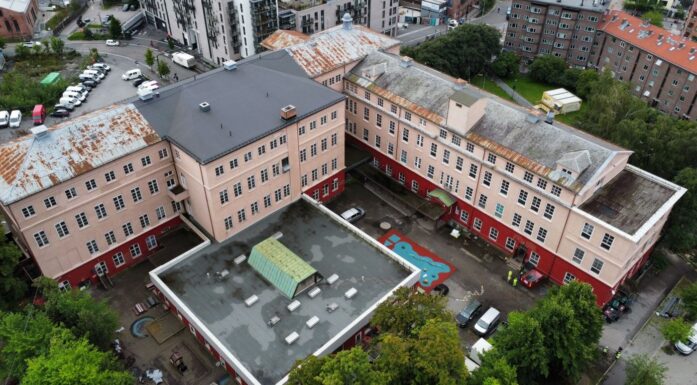Urgent changes needed in the pre-fabricated housing
Norwegian houses can no longer have the same design in western as in eastern Norway. Building designs must adapt to local climate variations, say researchers.
Extreme weather events are casting doubt on the future of the pre-fabricated housing industry. There are increasing requirements for a flexible choice of systems and adaptation to climatic variation.
‘The new weather’ is also giving rise to a plethora of other rules and requirements, and Norwegian property developers may now be required to install water-absorbent rain beds, roof gardens and planted areas. And homeowners may find themselves being refused insurance if their building is in a flood-risk area.
Freak rains
In cities, torrential rain falling on densely- packed buildings and tarmacked surfaces is a cause for concern. This is because the capacity of most urban sewage systems is hopelessly inadequate to cope with the ever-increasing volumes of water.
The cloudburst over Copenhagen on 2 July 2011 resulted in 90,644 cases of flood damage and cost the insurance companies more than five billion kroner. In Norway, annual insurance payments related to surface water come to around a billion kroner every year, and the number is increasing.
“In just a few hours, freak downpours can deluge an area with the same amount of rain that would normally be expected in two months. Impermeable surfaces cause water to flow more quickly, giving rise to more serious flooding in urban areas than those in natural terrains, where water is absorbed naturally by the ground”, says Cecilie Flyen Øyen at SINTEF Building and Infrastructure.
She tells us that the sewage pipe network is so densely interwoven with infrastructure and buildings that it is difficult to replace. Changes can have major knock-on effects. And there is commonly a lot of other critical infrastructure buried in the same trench, which may be damaged or destroyed at the same time.
“In order to avoid flooding peaks, we must delay the water as much as possible. This means choosing systems that can retain large volumes of water”, she explains.
Green surfaces
Instead of focusing on ensuring that water drains into closed sewage pipes, urban municipalities and developers are now considering more open, local ways of dealing with surface water. Water transport in open ditches and streams. Green walls and roofs for apartment buildings. Ponds in private gardens.
Bærum and Oslo municipalities have now launched the ‘Blue-Green Area Factor’ project (BFG), which measures the water and vegetation in a given area. Whenever green surfaces are removed, developers must compensate by constructing roof gardens or planted areas within the development, or open channels into which rainwater can be directed. This is intended to make it easier for the authorities to impose minimum requirements on developments. For example, for new or fill-in development projects, Trondheim municipality now requires that surface water on each plot be delayed or detained.
Pre-fabricated houses are a poor solution
Cecilie Flyen Øyen has been studying the vulnerability of existing building stock. Urban areas are becoming increasingly denser, and more paved and tarmacked areas mean that the risk of urban flooding is increasing.
“About 615,000 Norwegian buildings are now in areas that make them particularly vulnerable to damage from rot. In 2100, the risk of damage from rot may well have grown to include 2.4 million buildings. This is due to a combination of precipitation and temperature that creates ideal conditions for the rot fungus”, says Flyen Øyen. She has published these figures jointly with researchers from institutions including the Norwegian University of Science and Technology (NTNU), Multiconsult and the Norwegian Meteorological Institute.
After studying climate adaptation and moisture protection in the pre-fabricated house sector, one of the researchers’ conclusions is that Norwegian homes cannot carry the same design over from one place to another.
Øyen tells us that they have assessed four pre-fabricated house cases, and conducted interviews in five municipalities.
“The industry and the municipalities will both have to start finding solutions better adapted to the different climatic zones we are experiencing in Norway. Building design should be much better adapted to local climatic conditions. We have such extreme climatic differences in our country that it is impossible to carry the same house designs over from place to place. We need directives that put more emphasis on geographical differences”, she says.
Municipalities and building risk
It is helpful that the municipalities have carried out risk and vulnerability analyses. These can provide basic information for new housing developments. Is this land suitable for building, or is it too unsafe?
The extensive flood damage in Kvam in Gudbrandsdalen showed how vital it is to carry out thorough surveys that identify which areas are suitable for building and which should be avoided. After many buildings were totally destroyed by flooding in 2011, huge resources were poured into restoring buildings and infrastructure. Then the area was flooding again in 2013, and much of what had been rebuilt was destroyed once more.
Flyen Øyen has interviewed experts in selected municipalities and asked them about town planning and climate adaptation. Some are diligent and comply with the law, but many do not.
“The result of any lack of focus on risk analyses could be that buildings are being constructed which do not take climate change into account – a scenario which could result in considerable damage and public expense”, says Øyen.
Insurance companies are also starting to notice that climate change is losing them money. Just after the Trysil and Glomma rivers flooded in May last year, companies spoke out saying they didn’t think it was right that the municipalities should permit building in areas that are extremely prone to flooding. In the short term, it is also likely that the insurance industry will refuse to cover new buildings built in such areas.





